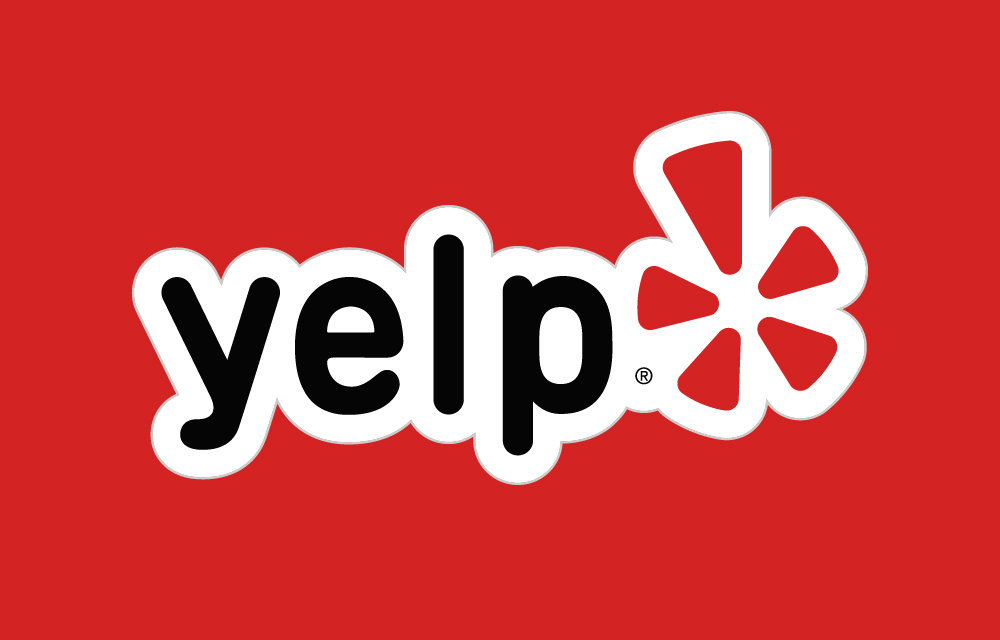
The Rise and Fall of Yelp
Remember Yelp? Ten years ago, it was everywhere. Any restaurant you visited had signs saying: Help us with Yelp. It was the go-to platform for writing and reading reviews about restaurants, shopping centers, and entertainment venues. But as quickly as Yelp rose to fame, it faded into obscurity.
Looking at Google Trends, Yelp’s peak in popularity was a decade ago. Since then, interest has dropped by 77%. Their stock price has also plummeted by roughly 61% since its 2014 peak. The worst part? Public sentiment seems to have turned against Yelp.
On the consumer side, you’ll find countless scathing reviews accusing Yelp of being a pay-to-play platform that’s unreliable at best. Comments like “Yelp is a fraud. It’s a scam. They remove bad reviews for paying businesses,” are not uncommon.
Small business owners aren’t fans either. Many label Yelp as “the most unethical business” they’ve encountered, with one owner calling it a “RIP OFF! TERRIBLE for business owners.” This sentiment has caused both users and businesses to drift away from the platform.
Yet, despite all of this, Yelp is financially thriving. Over the past 14 years, their revenue has skyrocketed from $50 million to $1.35 billion—an impressive 27X growth. Net income has also climbed to $100 million per year, giving Yelp a healthy price-to-earnings ratio of just 24. While Yelp may have faded from the spotlight, its financials tell a different story.
How Yelp Became a Thing
Yelp’s story began 20 years ago, founded by two former PayPal employees, Jeremy Stoppelman and Russel Simmons. After the sale of PayPal to eBay in 2002, they joined Max Levchin’s business incubator, MRL Ventures. Yelp wasn’t born out of a grand vision but rather as a side project.
The idea came when Jeremy, down with the flu, couldn’t find reliable reviews for local doctors. This sparked the thought: why not bring word-of-mouth recommendations online? Although Max Levchin was skeptical, he supported their enthusiasm and provided $1 million in seed funding.
Initially, the platform launched as an email-based referral system, but it failed to gain traction beyond friends and family. Despite this, the founders noticed something surprising: users were organically discovering Yelp’s website and leaving unsolicited reviews. Realizing the power of organic interest, they pivoted.
In early 2005, they scrapped the email campaigns and relaunched Yelp as a website loaded with a database of 20 million businesses. The slogan: Real People. Real Reviews. This small shift made all the difference. Yelp grew organically, driven by search engine traffic and word of mouth.
By mid-2005, the site had attracted 12,000 reviewers. To nurture this community, the founders hosted parties for their most active users—a strategy that became a Yelp tradition and further spread the platform’s popularity. Massive funding followed, allowing Yelp to scale across cities and grow its user base into the tens of millions. In 2012, Yelp went public at a $1.47 billion valuation.
Monetization: The Beginning of the End
After going public, Yelp shifted its focus from growing its user base to growing its bottom line. Its primary revenue stream? Advertising, particularly sponsored listings. Businesses could pay for enhanced profiles with features like custom photos, videos, and a Yelp Verified License.
This monetization model sparked controversy. Critics argued it turned Yelp into a pay-to-win platform. The best-looking profiles weren’t necessarily the most credible—they were often just the ones that paid more. Businesses felt pressured to pay for premium profiles to stay competitive. Moreover, Yelp’s financial dependence on advertisers raised questions about its impartiality.
Conspiracies about Yelp manipulating reviews have persisted for years, with many accusing the platform of removing negative or positive reviews based on whether a business paid for ads. Although Yelp denies these claims, skepticism remains high.
Legal challenges only added to the controversy. A lawsuit accusing Yelp of extorting small businesses was dismissed, but the ruling was unsettling: manipulating reviews didn’t classify as extortion under the law. This decision only fueled distrust in the platform.
Yelp Today: Financial Success Amid Declining Popularity
The simplest explanation for Yelp’s decline is that it “sold out.” From the start, Yelp was a for-profit venture backed by venture capitalists. Its goal was always to monetize the online review space, but balancing monetization with authentic reviews proved challenging.
Today, Yelp’s popularity has waned, but it remains one of the most visited websites globally, with 176 million monthly visitors. Despite its controversies, Yelp has achieved something rare: consistent financial growth. While the platform may no longer embody “Real People. Real Reviews,” it has mastered “Real Revenue. Real Profit.”
In case you have found a mistake in the text, please send a message to the author by selecting the mistake and pressing Ctrl-Enter.
https://techplanet.today/storage/posts/2024/12/29/ZBWF405MaKWyRB0jFGSL9En4KiQ6wMdOKKaVGHyc.jpg
2024-12-29 04:00:29